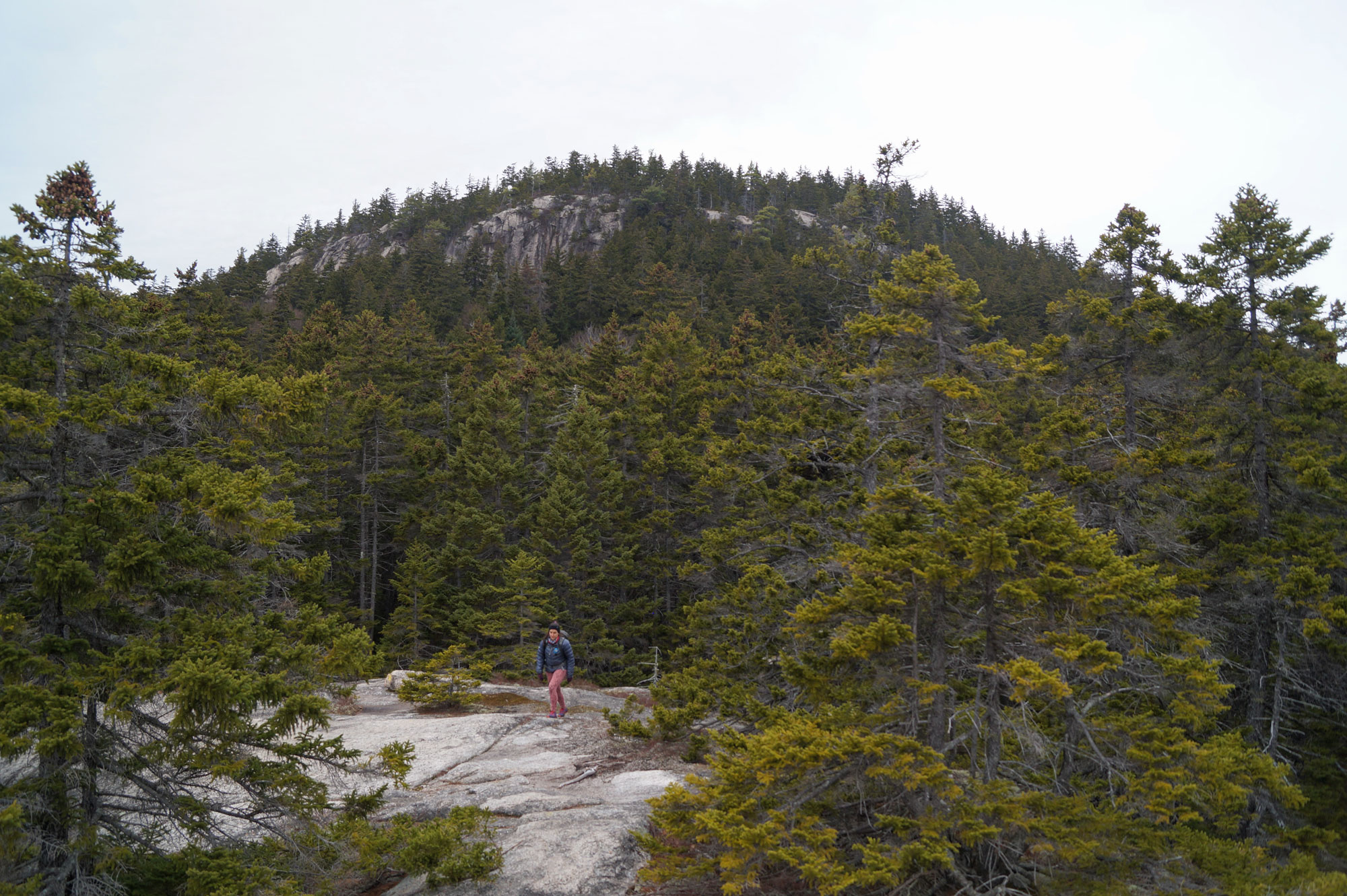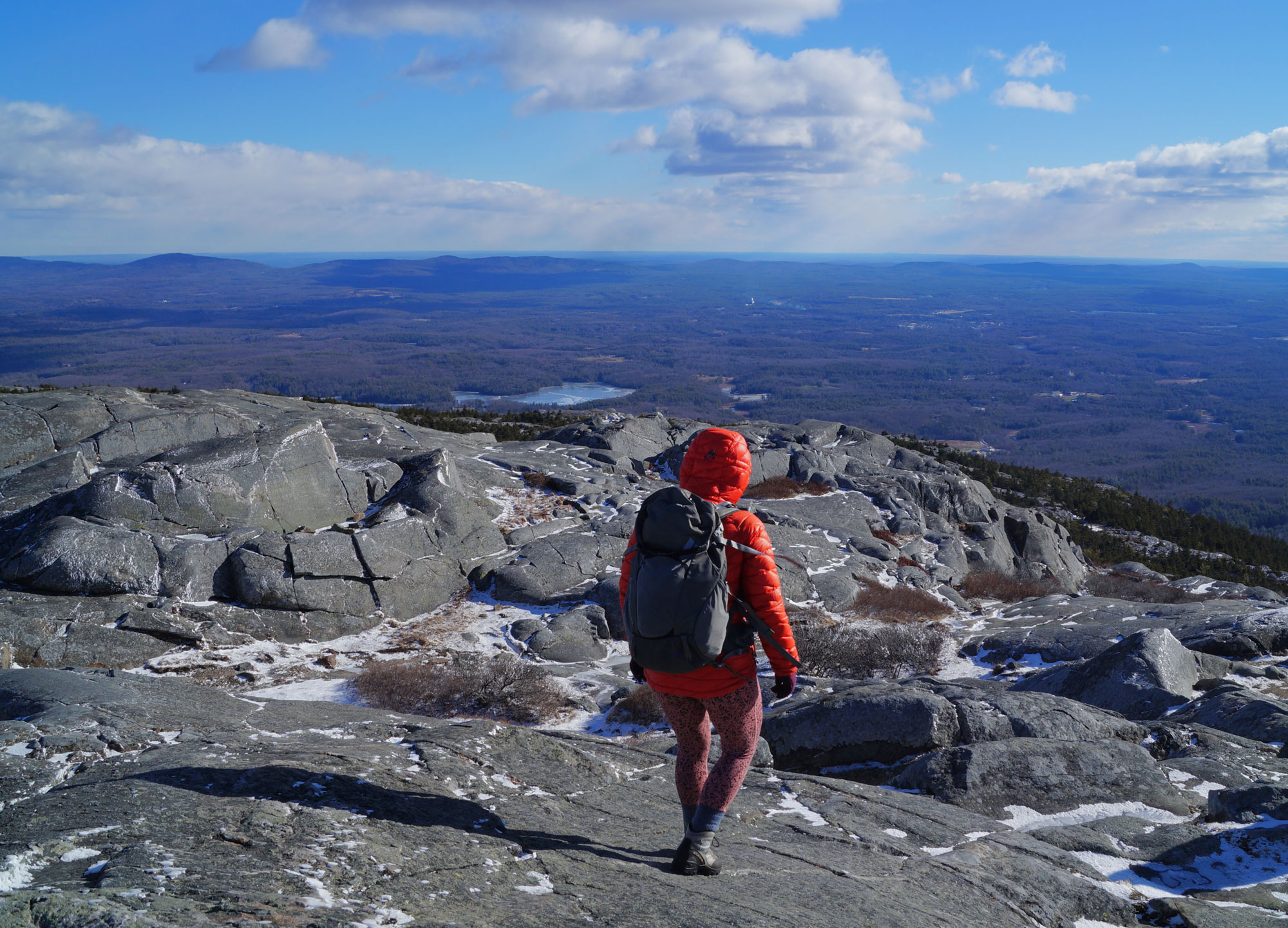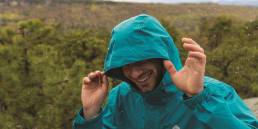Change is synonymous with fall—the leaves turn different colors, the weather gets cooler, and the days get shorter. Hikers also have to adjust to the change of seasons, as colder weather and less daylight increase the odds of getting benighted and stuck on an unplanned bivy and can be dangerous to those unprepared.
While the most important tool for avoiding an unplanned bivy (and surviving one if you have to) is you, it’s smart to plan for something to go wrong. Get some wilderness first aid training, make conservative decisions in the mountains, and tell someone what you’re hiking, the vehicle you’re driving, your intended route, and an estimated return time before leaving. If something goes sideways, this will greatly increase the chances of help getting to you. If you do end up unexpectedly stuck in the backcountry after dark, a few additions to your hiking kit can help you avoid spending an unexpected night in the woods and help you comfortably ride one out if you need to.

1. Have a Headlamp
A headlamp is an essential piece of hiking gear for all seasons, but its role is heightened during the shorter days of fall. If your hike takes longer than planned, a headlamp can help you navigate back to the trailhead in the dark. A headlamp can also serve as a signal if someone, like search and rescue, has to come looking for you. Packing a set of backup batteries in your first-aid kit is a smart strategy, but savvy hikers agree that the best place to store backup batteries is in a backup headlamp.
2. Lots of Layers
Just because the layers you packed are sufficient for a day hike in the Whites doesn’t mean they’re suited to spending the night. The average mid-summer day on Mount Washington has a high temperature of 53°F and an overnight low of about 42°F. In the fall, an 11-degree swing in temperature can mean the difference between a suffer-bivy and finger-and-toe-costing frostbite. Moisture-wicking clothing and having more layers than you think you’ll need on hand is helpful—start with a wind shirt, water-resistant rain shell, and a puffy coat (or two).
3. Extra Accessories
In addition to an assortment of layers, you’ll want to carry a variety of accessories. A winter hat, gloves, and a neck gaiter will all go a long way toward keeping you warm if you need to spend a night out. Thick clouds, wet fog, and consistent precipitation make carrying a waterproof, as well as a warm, set of gloves/mittens a good idea. Tucking a few hand warmers in your pack—just in case—won’t make or break an unplanned night in the woods, but can provide a huge morale boost!

4. Supplemental Food
Your body burns calories to keep you warm and if you’re spending a fall evening at an unplanned bivy, you’ll want all the calories you can get your hands on. Pack more food than you think you’ll need on a trip and tuck an energy bar and a few gels in your first-aid kit, just in case. Similarly, make sure you have enough water for your trip. And if you don’t want to carry all that extra water weight, consider adding a water purification device to your regular hiking gear. The Sawyer Mini Water Filter is a great (and light) option.
5. Emergency Shelter
Carrying an emergency bivy is a simple, low-weight solution for staying warm and dry if you need to spend an unexpected night in the woods. The best bivvies offer wind and water resistance, reflect body heat, and are reusable, but even inexpensive disposable bivvies are better than nothing. Another solution is to carry a tarp and know how to rig it for shelter.
6. Dependable Device
A phone is a notoriously finicky piece of gear—thanks in part to often spotty cell coverage and unreliable batteries—but more and more outdoor people are relying on them. You can use a phone to call and let your contact person know you’re running behind schedule/spending the night in the woods, navigate back to the trailhead using an app like Gaia, or call in reinforcements. Improve the reliability of your phone and safety margin by carrying a device like a SPOT or inReach, which both pair with your phone but don’t require cell service.

7. Carry a Closed-Cell Foam Pad
A closed-cell foam pad, like a Thermarest Z-Lite, is a far better option than sitting on the cold ground or frozen rocks and helps you retain body heat. If carrying a full-size pad feels like a bit much, you can cut it down to sitting size—it weighs next to nothing and will easily tuck against the back panel of your backpack. If you have to bivy, you can sit on the pad and tuck your lower body inside your pack.
Do you have anything you pack in your fall kit, just in case you need to spend an unplanned night out? Do you have a tip for making fall hiking safer? If so, tell us about it in the comments below.
Tim Peck and Doug Martland
Tim and Doug met long ago at the Eastern Mountain Sports in Canton, Massachusetts. Bonding over a love of slick Quincy Quarry granite, White Mountain sufferfests, and scheming up adventures while folding tee-shirts, today Tim and Doug collaborate to write about their favorite outdoor activities and occasionally get nostalgic about tee-shirt tables.




